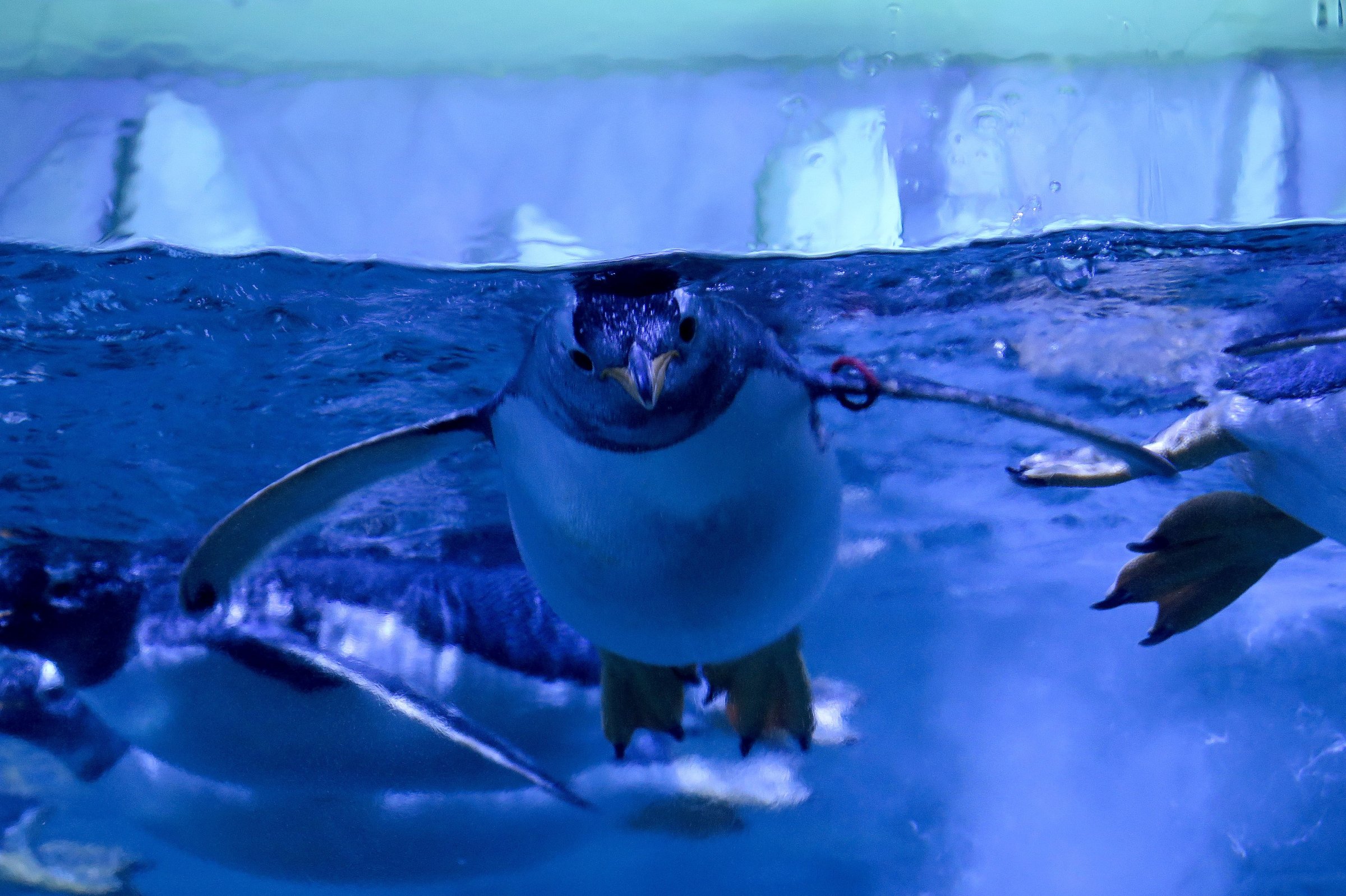
There are a reported 12 million penguins in Antartica, but that number isn’t enough for researchers.
The “State of Antarctic Penguins” report by Ron Naveen, completed over two decades, revealed that two of the most common penguin species, the Adélies and chinstraps, are in decline due largely to climate change. The report was released on Tuesday, which is also World Penguin Day.
“In one generation, I have personally witnessed the precipitous decline of once abundant Adélie and chinstrap penguin populations,” Naveen told USA Today. “These iconic birds are literally canaries in the coal mine.”
He added that reduction in Antarctic penguins is “affirmation” that the climate is “changing in a real radical way.”
The study does report, however, that the gentoo species has seen an increase in population and that, while the general population has declined, Adélie penguins have seen population growth in certain parts of the Antarctic.
Naveen told USA Today that monitoring penguin population is “one of the best way to track the impact of climate change and ocean health in the world’s most pristine scientific laboratory.”
“Looking ahead, a number of developments deserve attention, which we’ll follow in future ‘State Of Antarctic Penguins’ reports,” the study reads. “Ultimately, all relate to climate.”
More Must-Reads from TIME
- Cybersecurity Experts Are Sounding the Alarm on DOGE
- Meet the 2025 Women of the Year
- The Harsh Truth About Disability Inclusion
- Why Do More Young Adults Have Cancer?
- Colman Domingo Leads With Radical Love
- How to Get Better at Doing Things Alone
- Michelle Zauner Stares Down the Darkness
Contact us at letters@time.com